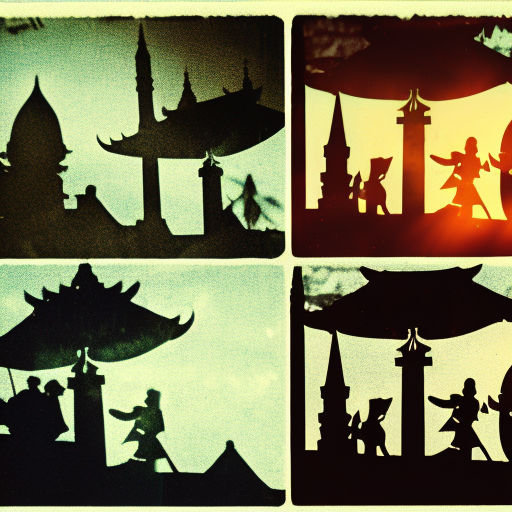The Compilation of the Tripitaka
The Tripitaka, also known as the Pali Canon, is the earliest and most authoritative collection of Buddhist scriptures. It is considered the holy scripture of Theravada Buddhism and contains the teachings of Gautama Buddha. The compilation of the Tripitaka was a monumental task that spanned several centuries and involved the efforts of numerous scholars and monks.
The First Council
After the death of Gautama Buddha, his teachings were transmitted orally by his disciples. However, as time passed, there was a growing concern that the teachings might be lost or distorted. To prevent this, a council was convened at Rajagaha, the capital of Magadha, in 483 BCE. This First Council was presided over by Mahakassapa, one of Buddha’s senior disciples. The purpose of the council was to recite and verify the teachings of the Buddha.
During the council, the teachings were divided into three baskets or “pitakas”: the Vinaya Pitaka (rules for monastic discipline), the Sutta Pitaka (discourses of the Buddha), and the Abhidhamma Pitaka (philosophical analysis and interpretation). These three pitakas formed the foundation of the Tripitaka.
The Second Council
Several centuries later, in the 4th century BCE, a Second Council was held in Vesali. This council was called to address disputes and disagreements that had arisen within the Buddhist community. One of the main issues was the inclusion of certain rules in the Vinaya Pitaka that some monks believed were not originally taught by the Buddha.
As a result of the Second Council, a schism occurred within the Buddhist community, leading to the formation of two major sects: the Sthaviravadins (Theravadins) and the Mahasanghikas. The Theravadins upheld the original teachings of the Buddha and continued to preserve and transmit the Tripitaka.
The Third Council
The Third Council took place in Pataliputra, the capital of the Maurya Empire, in the 3rd century BCE. This council was convened by Emperor Ashoka, who sought to purify the Buddhist Sangha and promote unity within the community. The council was presided over by Moggaliputta Tissa, a renowned scholar and monk.
During the Third Council, the Tripitaka was again recited and verified. However, this council also marked the beginning of the division between the Theravada and Mahayana traditions. Moggaliputta Tissa condemned certain Mahayana doctrines and declared them heretical.
Expansion and Preservation
Over the centuries, the Tripitaka was expanded and revised as Buddhism spread to different regions. Commentaries and sub-commentaries were added to provide further explanations and interpretations of the scriptures. These commentaries were written in Pali, Sanskrit, and other languages, depending on the region.
Despite the challenges of time and language, the Tripitaka has been remarkably well-preserved. It was initially written on palm leaves, which were susceptible to decay. However, efforts were made to recopy and preserve the scriptures on more durable materials such as birch bark and later on paper.
In the 1st century BCE, the Tripitaka was translated into the Sinhala language in Sri Lanka. This translation played a crucial role in the preservation and dissemination of the scriptures. It also contributed to the establishment of Theravada Buddhism as the dominant tradition in Sri Lanka and Southeast Asia.
Conclusion
The compilation of the Tripitaka was a monumental undertaking that spanned several centuries and involved the efforts of countless scholars and monks. The First Council laid the foundation for the Tripitaka, while subsequent councils and schisms shaped its development. Despite the challenges of time and language, the Tripitaka has been remarkably well-preserved and continues to be a vital source of Buddhist teachings and philosophy.












